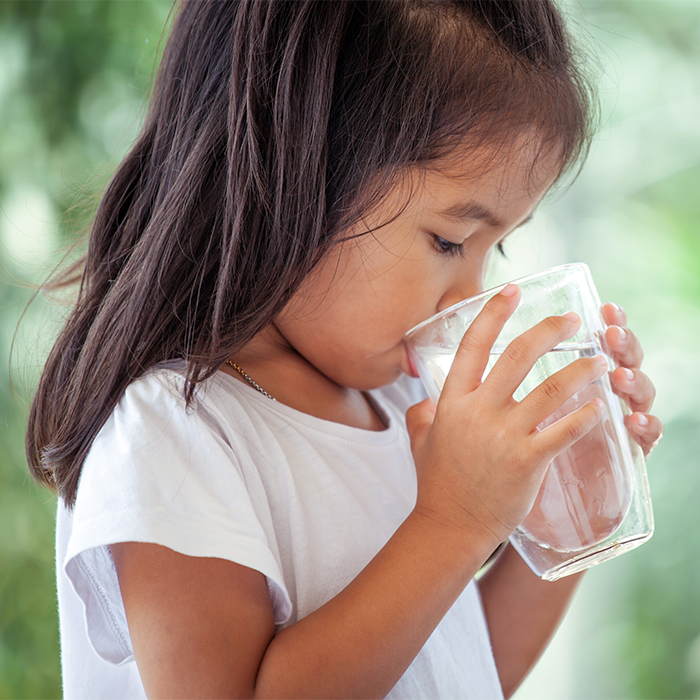Partnerships for Environmental Public Health (PEPH)

PFAS and Your Health
September 23, 2022
Interviewee: Laurel Schaider, Ph.D.
In this episode, we hear from Laurel Schaider, Ph.D., who leads an NIEHS-funded study to better understand how PFAS exposure affects children’s immune systems. Schaider shares how she is working with communities to document their experiences of living with PFAS exposure. She also discusses an online resource center called the PFAS Exchange where communitiy members and health care professionals can learn more about PFAS.
PFAS and Your Health
Per- and poly-fluoroalkyl substances (PFAS) are a large class of man-made chemicals added to many consumer products to make them nonstick, waterproof, and stain-resistant. They are also used in firefighting foams and some industrial processes. Exposure to PFAS has been linked to a range of health effects, including altered metabolism, weakened immune response, and some cancers. However, assessing the health risks of exposure is challenging for scientists because thousands of PFAS chemicals exist.
PFAS build up in the air, water and soil and do not break down easily, earning them the nickname, "forever chemicals." The compounds have been detected in community water systems across the U.S. and in the blood of 97% of Americans. This widespread contamination and the scientific uncertainty surrounding health risks of exposure are raising concerns in communities and among clinicians and decision-makers.
In this episode, we hear from Laurel Schaider, Ph.D., who leads an NIEHS-funded study to better understand how PFAS exposure affects children’s immune systems. Schaider shares how she is working with communities to document their experiences of living with PFAS exposure. She also discusses an online resource center that can help communities better understand their PFAS exposure and take action to protect their health.
Interviewee:

Laurel Schaider, Ph.D., is a senior scientist at Silent Spring Institute where she leads water quality research on PFAS and other emerging contaminants of concern. Her research focuses on characterizing PFAS exposures from drinking water; understanding health effects associated with PFAS; identifying other sources of PFAS exposure, such as food packaging; investigating socioeconomic disparities in exposures to drinking water contaminants; and working with communities to develop research studies and resources to address their concerns.
Schaider leads the NIEHS-funded PFAS-REACH (PFAS Research, Education, and Action for Community Health) study, a researcher-community partnership that is evaluating PFAS exposures and immune system effects in children living in communities with PFAS water contamination. Schaider and colleagues are developing an online resource center, called the PFAS Exchange, to help PFAS-affected communities understand their exposures and take action to protect their health. As co-lead of the Community Engagement Core for the NIEHS-funded Superfund Research Program Center at the University of Rhode Island, Schaider evaluates PFAS levels in private wells on Cape Cod, Massachusetts and identifies contamination sources.
Resources:
- Check out the July 2022 report from the National Academies of Science, Engineering, and Medicine which provides clinical guidance on PFAS testing and follow-up care.
- Explore the PFAS Exchange online resource center and Detox Me app to learn more about PFAS, including research-based tips to reduce your exposure the forever chemicals. Both resources were developed by Silent Spring Institute.
- Learn more about PFAS and the types of research NIEHS supports to better understand how these chemicals affect human health and the environment.
- Listen to a September 2022 episode of the Living on Earth podcast to hear more from Laurel Schaider on PFAS.
- Read about a study in which researchers from Silent Spring Institute found that many children’s textiles, including clothing, bedding, and furniture, contain PFAS chemicals.


